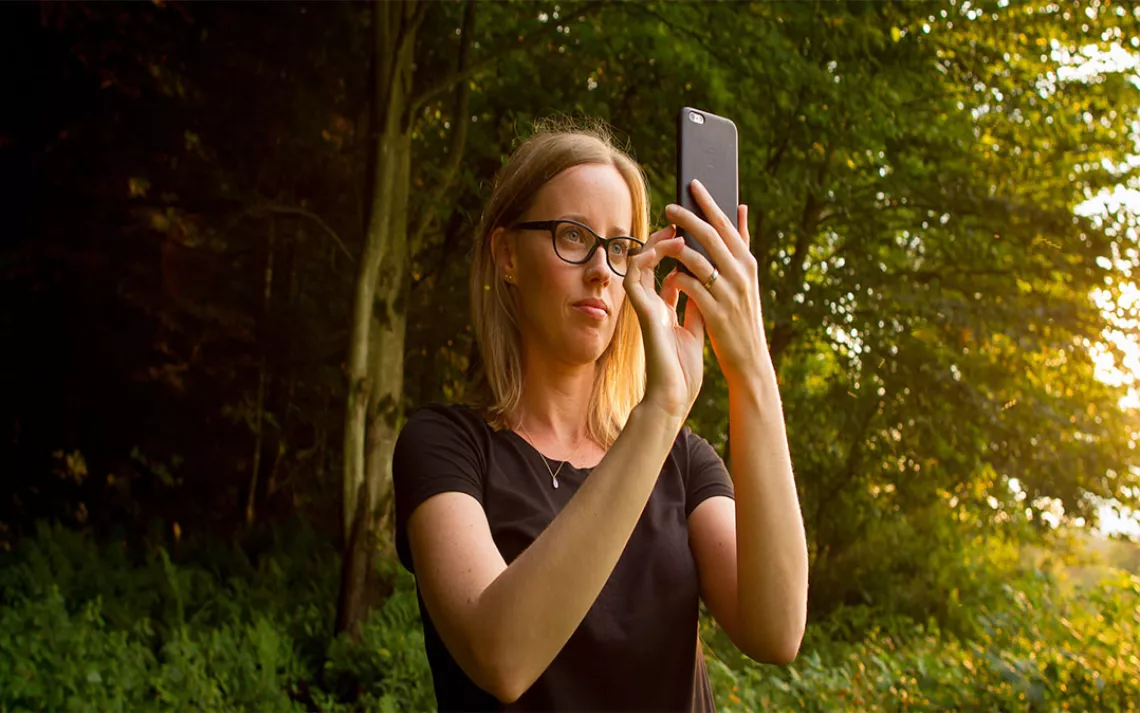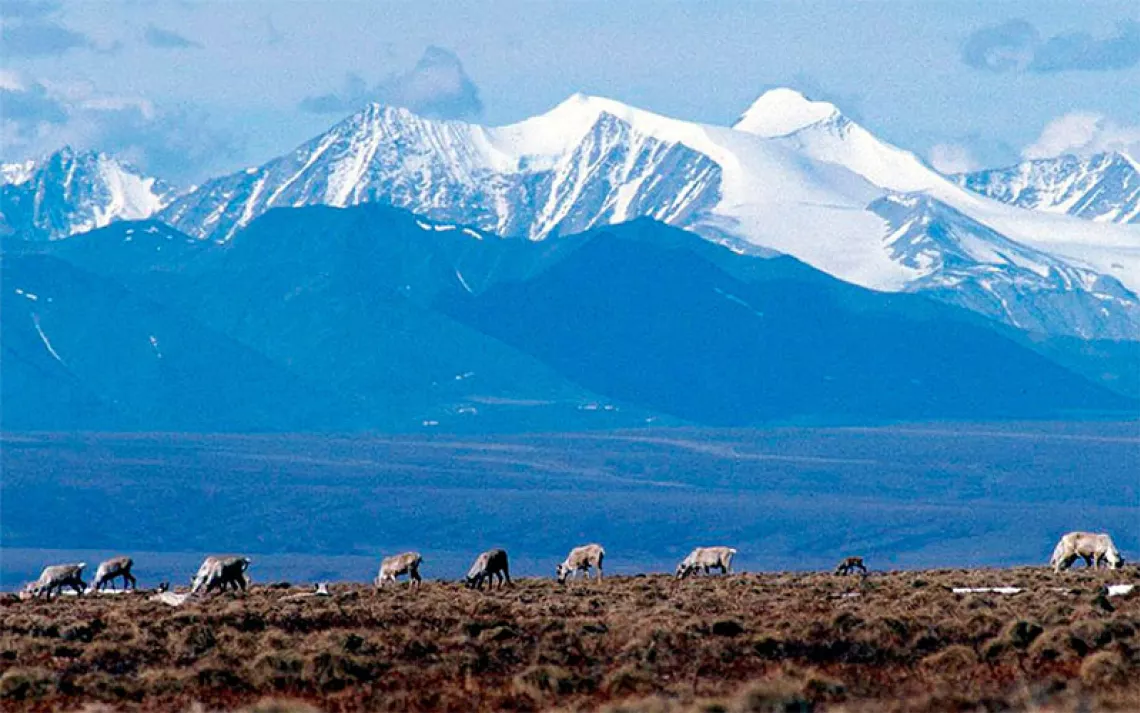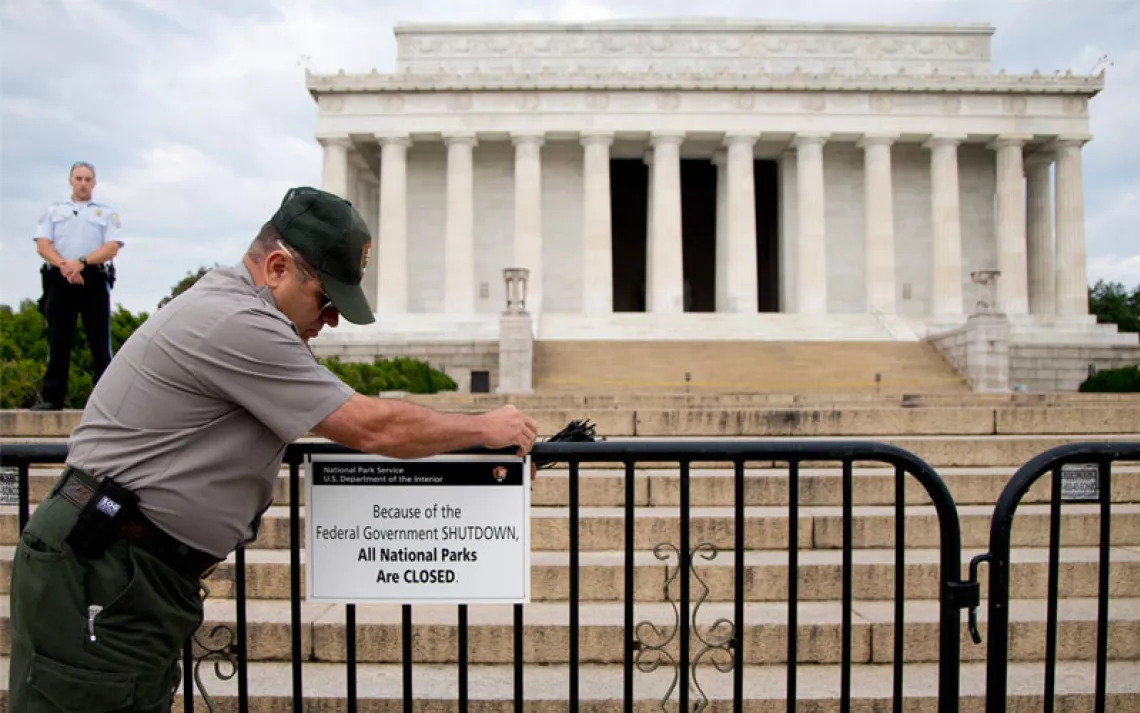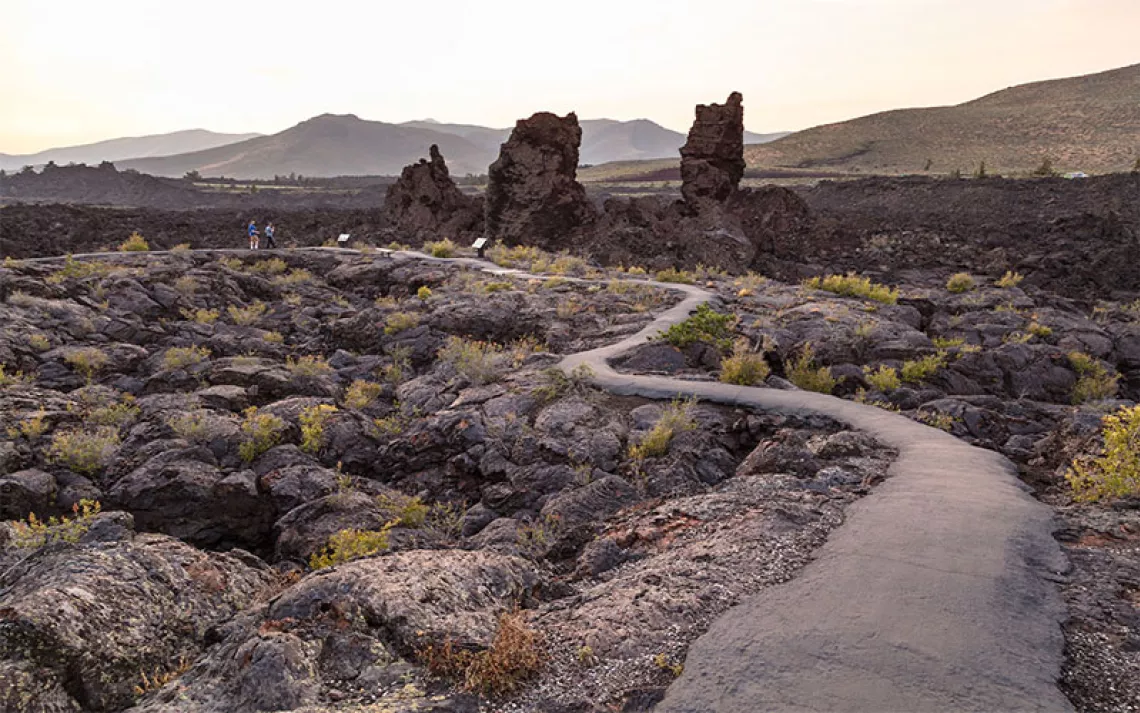How to Calculate the Value of Wild Nature? Count the Selfies.

Photo courtesy of Will Watson.
What’s wild nature worth?
In recent years, as right-wing groups have sharpened their attacks on the ideal of preserving public lands, some conservation organizations have illustrated the value of parks and reserves by calculating how outdoor recreation boosts local economies. Call it the ecosystem service of tourism dollars. Organizations like Headwaters Economics (an independent think tank based in Montana) have convincingly demonstrated that in gateway communities located at the edge of U.S. national parks, forests, and wilderness areas, visitor spending is a major economic driver. According to one estimate, outdoor recreation pumps $646 billion into the U.S. economy annually, creating more than 6 million jobs.
Now, a University of Vermont researcher has pioneered a new method for calculating the economic value of parks and preserves. The researcher hit on a uniquely 21st-century tool for measuring outdoor recreation: the geotagged photo in the woods.
Laura Sonter, a postdoctoral researcher at UVM’s Gund Institute and Rubenstein School of Environment and Natural Resources, analyzed more than 7,000 geotagged photos on Flickr and found that, between 2007 and 2014, conserved lands in the Green Mountain State contributed $1.8 billion to the tourism industry there. This online data gathering is important, Sonter and her colleagues say, because it offers state and local parks a relatively inexpensive way to gather visitor data they aren’t currently collecting.
“Historically, it’s been difficult for states and municipalities to assess the value of protected lands for outdoor recreation,” Sonter said in a news release about her findings, which were published September 9 in the journal PLOS ONE. “Many areas only staff entrance booths in the summer. Others gather no data, or rely on surveys, which are time-consuming and expensive to collect.”
Beyond just calculating the gross numbers of tourist spending, Sonter was able to use the photos to generate detailed information about the different ways that people enjoy the outdoors in Vermont. By analyzing photo locations, the research team identified eight factors—including forest cover, trail density, and opportunities for snow sports—that influence how local Vermonters and out-of-state tourists use conserved lands. “This research outlines landscape features that decision-makers can potentially invest in to enhance tourism and outdoor recreation in Vermont,” Sonter says.
The selfie has become the signature personal tic of our narcissistic age—so effortless to lampoon, so easy to succumb to. There’s even a subgenre: the selfie in the woods. While it can be embarrassing to take a picture of yourself in the middle of the backcountry, at least now you can know this: When you upload your self-portrait to social media, you might be demonstrating that there’s one more person out there who cares about preserving wild places.
 The Magazine of The Sierra Club
The Magazine of The Sierra Club







